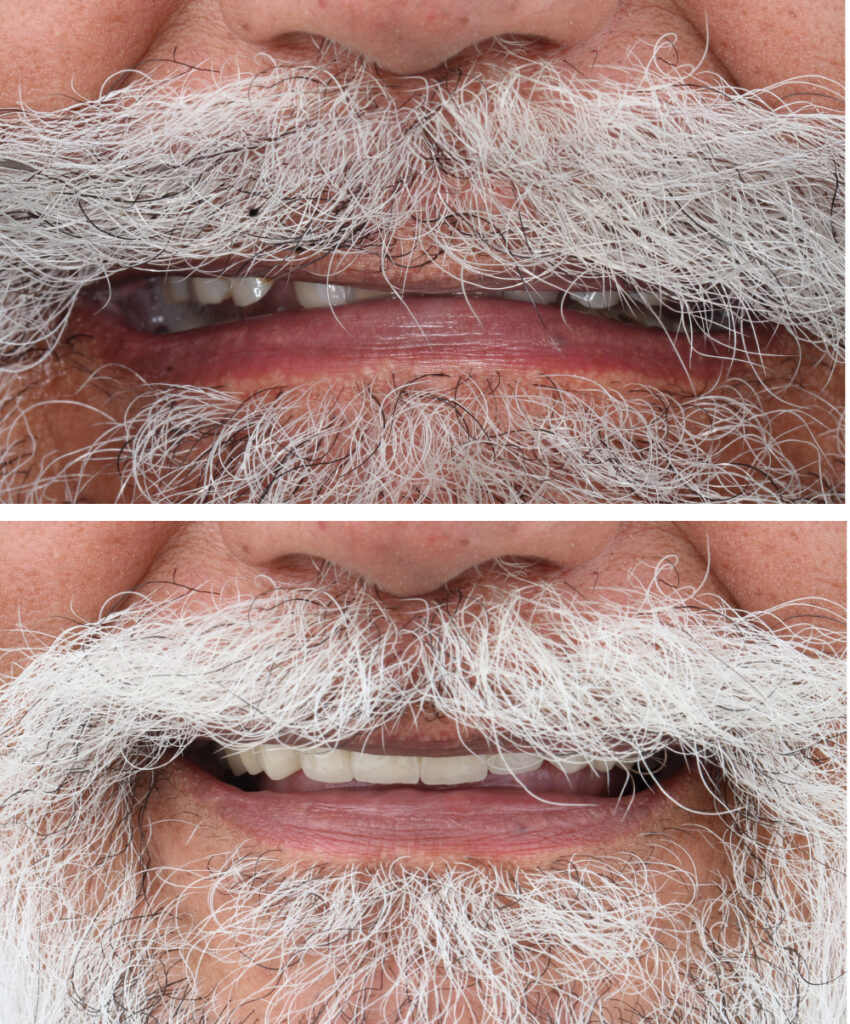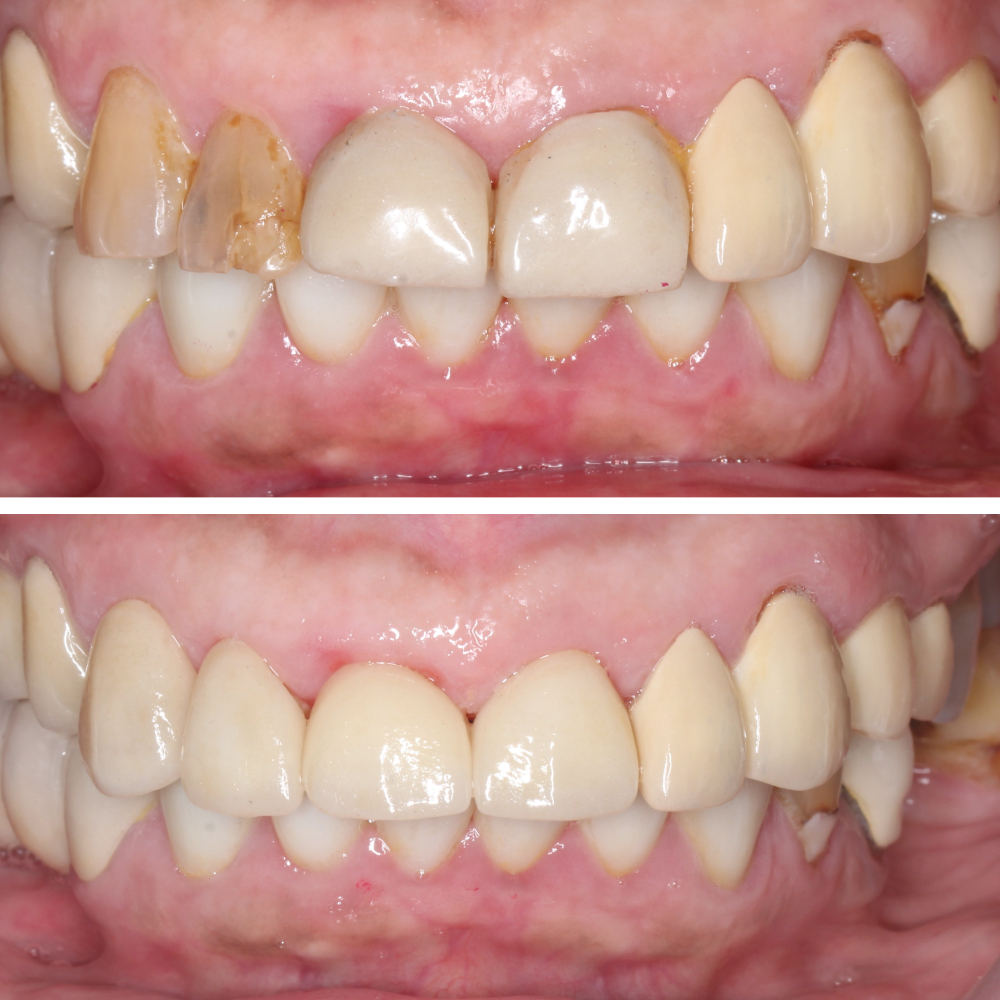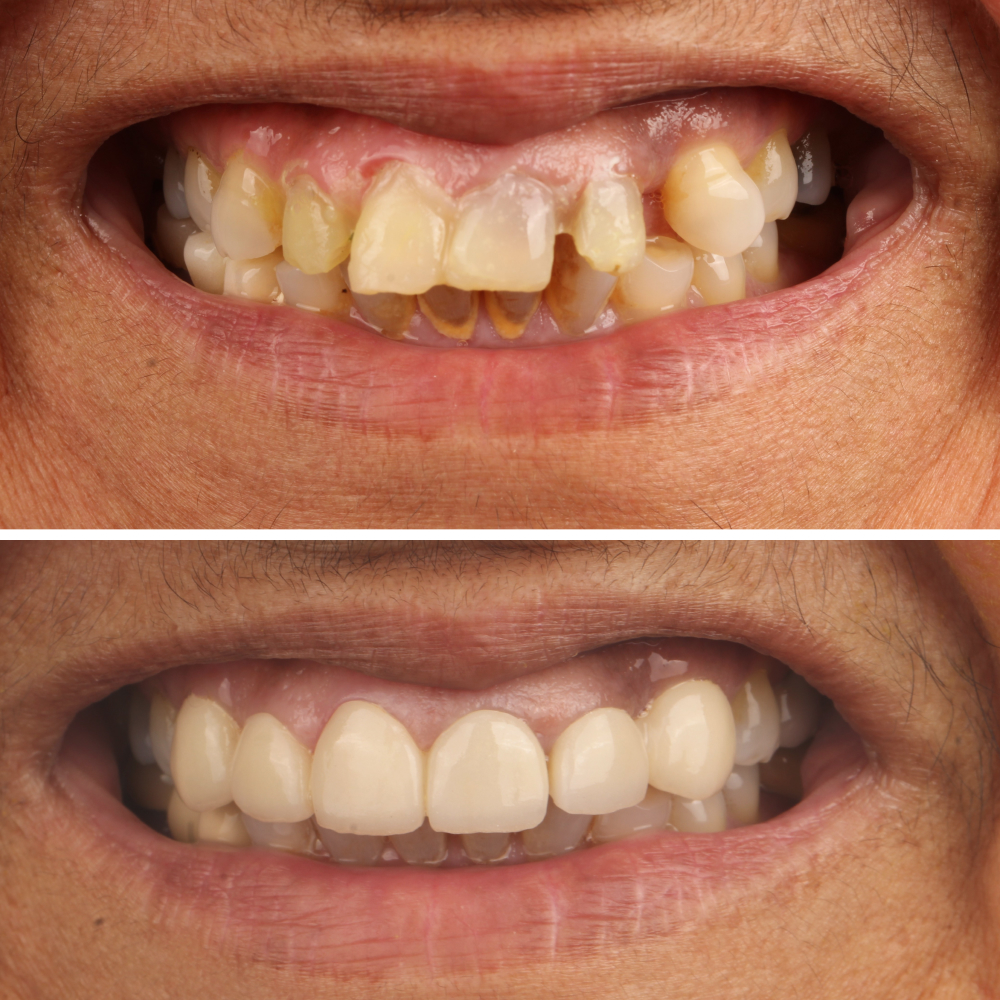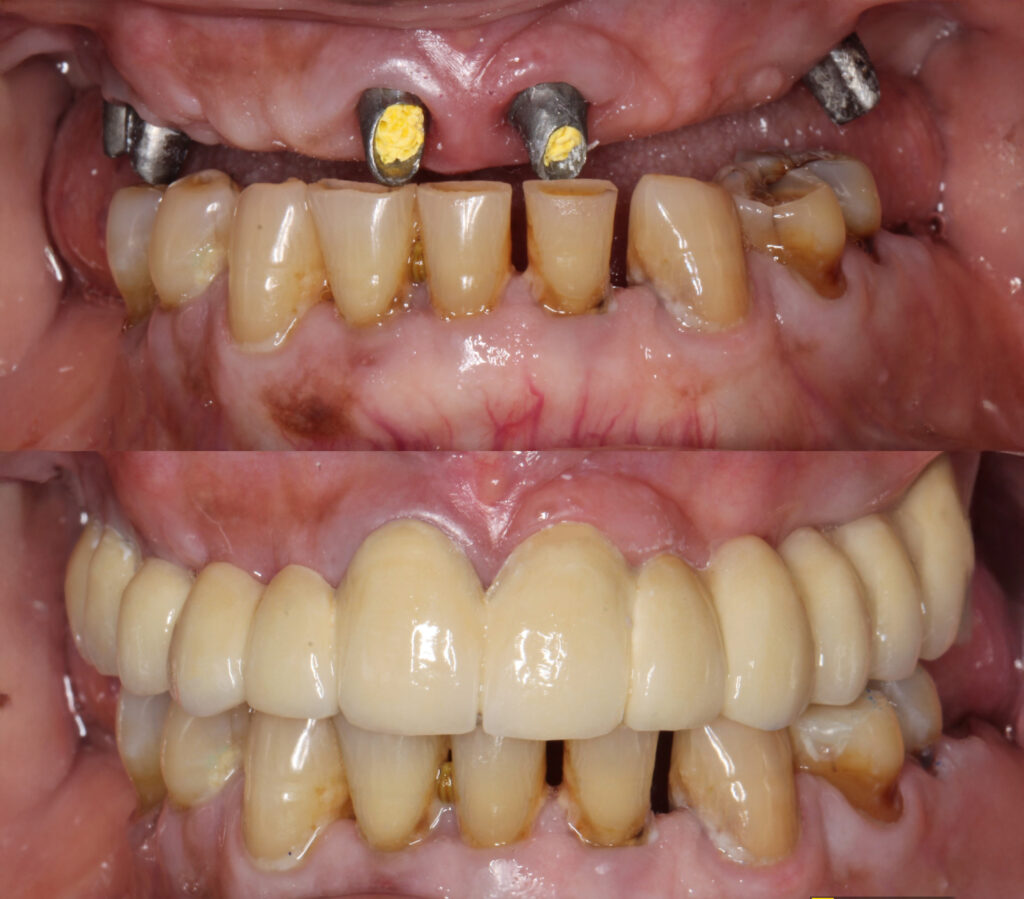full mouth rehabilitation
Regain Your Smile, Comfort & Confidence

What is Full Mouth Rehabilitation?
Full mouth rehabilitation involves a series of procedures that address dental problems affecting all or most of the teeth in both the upper and lower jaws. It is ideal for patients who have:
• Multiple missing teeth
• Severely worn, broken, or decayed teeth
• Bite misalignment (malocclusion)
• Chronic jaw pain or TMJ issues
• Failed previous dental work
• Functional difficulties such as chewing or speaking
This treatment plan is holistic, addressing not just cosmetic concerns but also oral function, overall health, and long-term stability.
Dental Specialist
Dr. Harshdeep S. Multani

Dr. Harshdeep S. Multani, MDS in Conservative Dentistry and Endodontics, leads Finesse- Dental, Cosmetic & Laser clinic. A trailblazer in dentistry, he blends academic excellence with a passion for innovation. With a commitment to offering the latest in dental care, Dr. Multani envisions Finesse as a hub for cutting-edge dentistry, integrating global best practices.
Dr. Harpreet K.Multani

Dr. Parwan Gill



Who Needs Full Mouth Rehabilitation?
You may be a candidate for full mouth rehabilitation if you experience:
• Difficulty in chewing or eating
• Pain or discomfort in the jaw (TMJ disorders)
• Collapsed bite or facial changes due to worn-down teeth
• Multiple dental issues occurring simultaneously (e.g., cavities, gum disease, missing teeth)
• Teeth damaged due to bruxism (grinding), acid erosion, or trauma


Our Comprehensive Approach
At Finesse Dental Clinic, every full mouth rehabilitation starts with a thorough diagnosis and planning phase, where we evaluate:
• Dental condition (teeth, gums, bite)
• Jaw joint and muscle function
• Facial aesthetics and smile dynamics
• Medical and dental history
• Radiographs, 3D scans, intraoral photographs, and digital smile design (DSD)
This helps us craft a tailored treatment roadmap, ensuring that each step aligns with your needs, expectations, and lifestyle.
Treatment Options Involved
A full mouth rehab may include a combination of the following treatments:
1. Restorative Procedures
• Dental crowns
• Bridges
• Onlays/inlays
• Tooth-coloured fillings
2. Tooth Replacement
• Dental implants (single or full arch)
• Implant-supported dentures
• Conventional removable or fixed dentures
3. Endodontic Treatment
• Root canal therapy for infected or decayed teeth
4. Periodontal Therapy
• Gum disease treatment (scaling & root planing)
• Laser-assisted gum therapy
• Gum reshaping if needed
5. Orthodontics (if needed)
• Aligners or braces to correct bite and alignment before restoration
6. Cosmetic Enhancements
• Porcelain veneers
• Teeth whitening
• Smile design procedures for a natural, aesthetic finish


Why Choose Finesse Dental for Full Mouth Rehabilitation?
• Multispecialty Expertise: Our team includes prosthodontists, endodontists, implantologists, cosmetic dentists, and orthodontists who collaborate for comprehensive care.
• Advanced Technology: We use digital smile design, intraoral scanners, CBCT imaging, and CAD/CAM restorations for precision and predictability.
• Patient-Centric Planning: Your comfort, expectations, and budget are always considered in every step of treatment.
• Natural-Looking Results: Our restorations are not only functional but also mimic the look and feel of natural teeth.
• Long-Term Solutions: We focus on restoring health, not just treating symptoms, to ensure lasting outcomes.
Timeline and Duration
Full mouth rehabilitation is typically done in phases, spread over a few weeks to several months, depending on:
• The extent of damage
• Number of procedures required
• Healing time (especially in case of implants)
• Coordination of different specialties
We’ll walk you through each step with clear expectations and progress tracking.


Cost & Investment
The cost of full mouth rehabilitation varies depending on the complexity of your case and the materials used. While it is a significant investment, it’s also a life-changing one. We provide:
• Transparent treatment estimates
• Flexible payment options
• EMI facilities (if applicable)
• Assurance of high-quality, durable outcomes
Ready for a New Smile?
If you’ve been living with pain, difficulty chewing, or are simply unhappy with the way your teeth look and function, full mouth rehabilitation might be the solution you’ve been waiting for.
📍 Visit Finesse Dental Clinic in Mohali for a comprehensive consultation and discover how we can restore not just your smile — but your confidence, health, and quality of life.
